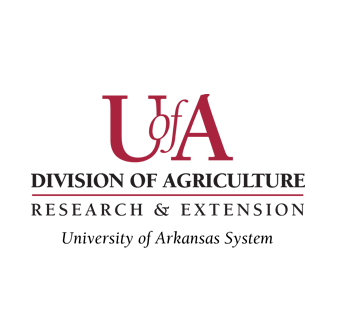Keywords
Farm production, irrigation, social learning
Abstract
The use and the proportion of farmland that uses prominent irrigation practices in Arkansas were evaluated. A bivariate sample selection model evaluated the determinants of the share of irrigated land in a farm that uses each practice. In addition, the relationship between the irrigation practices a peer uses and the use and intensity of five common irrigation practices was evaluated. If a peer of an Arkansas farmer used center pivot irrigation, this increased the probability that the farmer used center pivot irrigation by 66 percentage points. A peer that used pivot irrigation decreased the proportion of irrigated land that used flowmeter by 0.05. However, a peer using computerized hole selection increased the proportion of irrigated land on a farm using irrigation scheduling by 2.20. The peer effect variables were modeled with interactions for location and farm practices of a farm to examine heterogeneity in the peer relationship. A peer using computerized hole selection increased the likelihood a farmer used computerized hole selection by 55 percentage points, but if the farmer is in the south Arkansas Delta, the likelihood of using the practice increased an additional 60 percentage points. The irrigation practices in use by Arkansas farmers’ families and friends affect the decision to use and the proportion of irrigated land that uses center pivot, scientific scheduling, and computerized hole selection.
Recommended Citation
Hayward, N., & Kovacs, K. (2021). The Role of Peer Irrigators on the Choice and Intensity of Use of Irrigation Techniques. Discovery, The Student Journal of Dale Bumpers College of Agricultural, Food and Life Sciences, 22(1), 45-52. Retrieved from https://scholarworks.uark.edu/discoverymag/vol22/iss1/11
Included in
Agribusiness Commons, Agricultural Economics Commons, Agricultural Education Commons, Agronomy and Crop Sciences Commons, Communication Commons, Environmental Studies Commons




